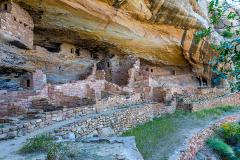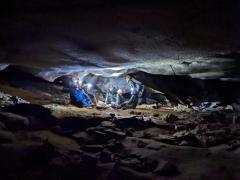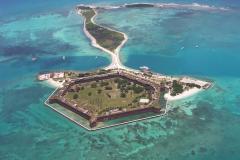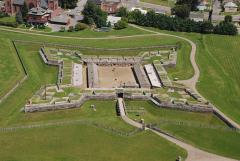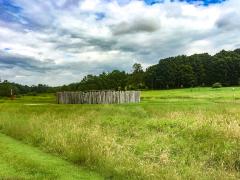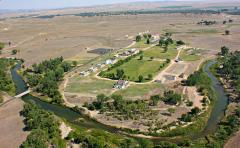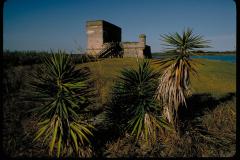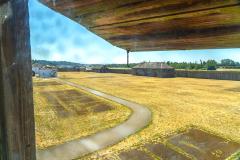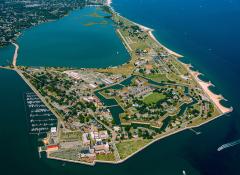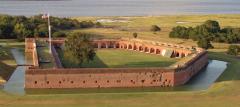The Cliff Dwelling Ruins Of Mug House, Mesa Verde National Park
Mug House, built around 1,100 - 1,200 AD, was so named from the discovery of three pottery mugs tied together with a rope and hanging in one of the rooms of this cliff dwelling in Mesa Verde National Park.
- By Rebecca Latson - March 7th, 2024 3:00am

